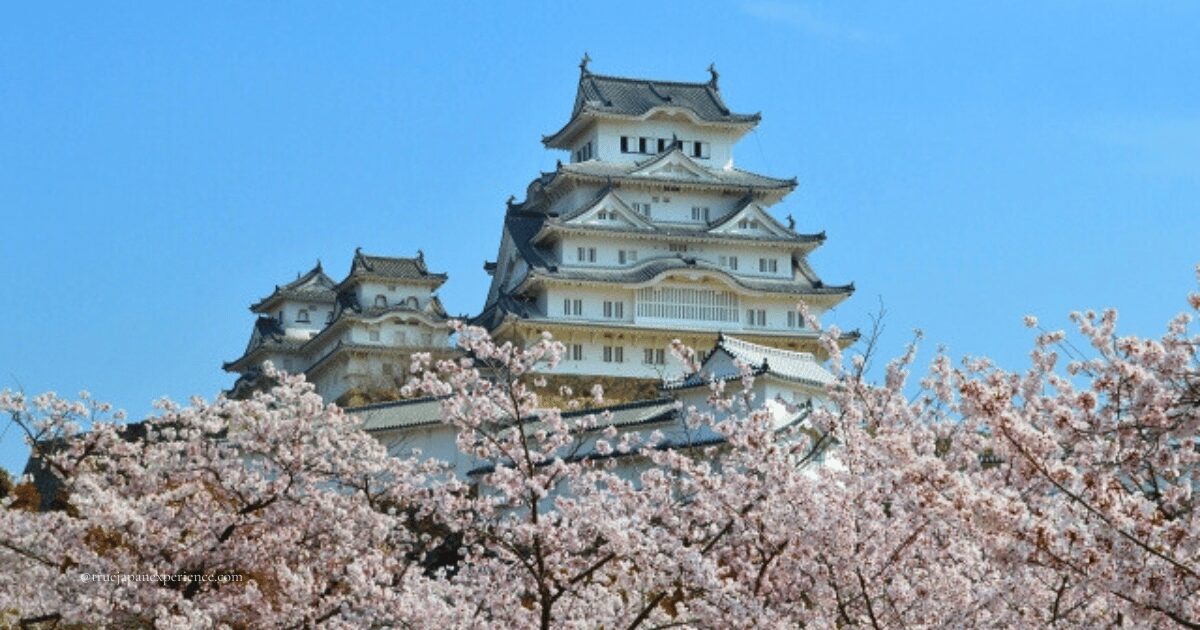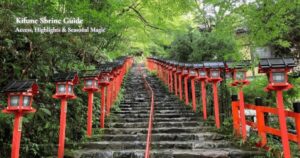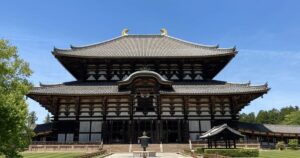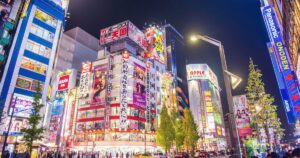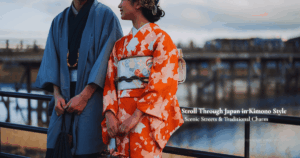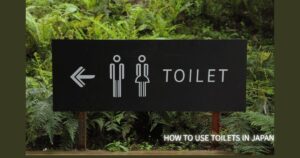Himeji Castle is often called the most beautiful castle in Japan. Known as the “White Heron Castle,” it draws visitors from around the world with its elegant design, deep history, and well-preserved wooden structure.
In this guide, you’ll learn everything you need to know about Himeji Castle—from its historical background to practical travel tips and must-see features.
The History of Himeji Castle
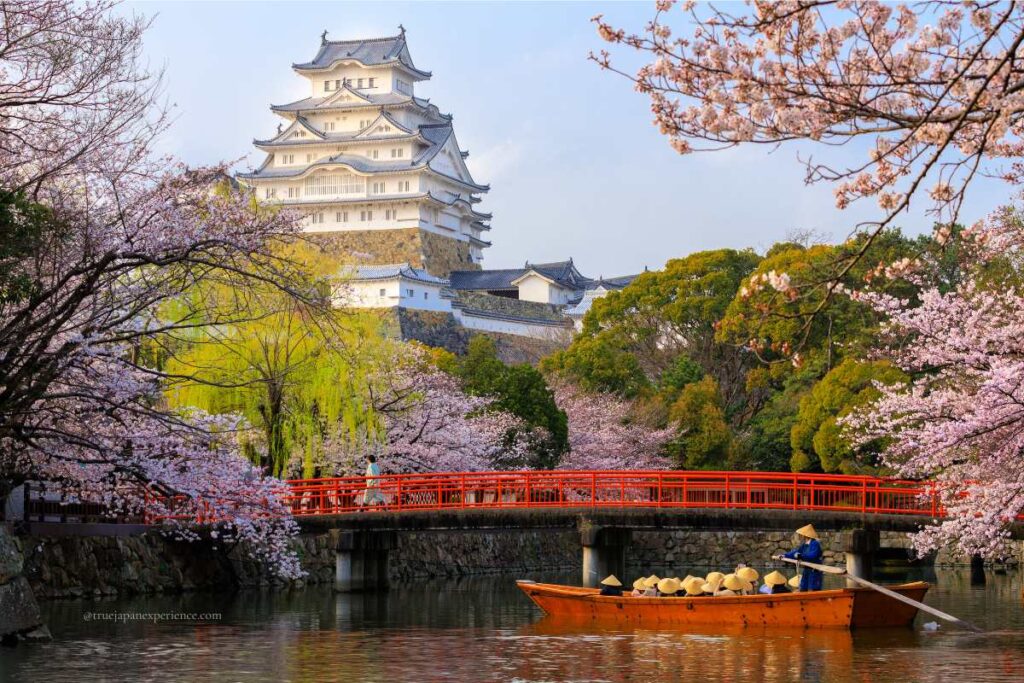
The origin of Himeji Castle dates back to 1333. It began as a small fort built by Norimura Akamatsu. In 1346, his son expanded it into a castle.
In 1580, Toyotomi Hideyoshi rebuilt it as a three-story castle tower. Back then, the castle had a dark exterior, quite different from today’s white appearance.
After the Battle of Sekigahara in 1600, Ikeda Terumasa became lord of the castle. He started a major reconstruction project that lasted from 1601 to 1609. The result was the five-story, seven-level main keep we see today.
Because of its brilliant white plastered walls, it earned the nickname “White Heron Castle.”
Over the years, 13 families ruled the castle through 48 generations. Despite wars and time, the structure survived.
In 1993, Himeji Castle became Japan’s first UNESCO World Heritage Site. It’s praised for its intact original design and historical value.
Cultural Context and Symbolism of Himeji Castle
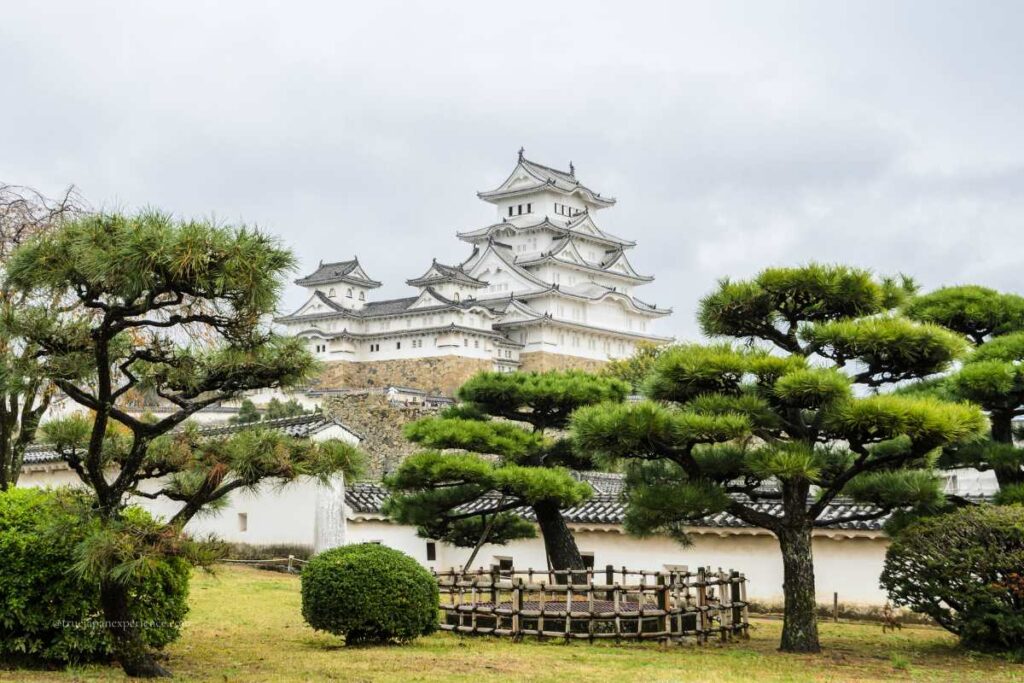
Himeji Castle’s white color comes from thick white plaster, called shiro shikkui, applied over the walls and roof tile joints. Made from lime and crushed oyster shells, this plaster offers beauty, fire resistance, and durability.
Although the roof tiles are gray, the white lines between them make the whole roof look white from a distance.
The nickname “White Heron Castle” refers to how the structure looks like a white heron with wings outstretched.
Another theory says that Ikeda Terumasa used the white color to show strength through beauty. At the end of Japan’s warring period, this choice signaled peace and power, not fear.
During World War II, Himeji Castle’s bright white walls stood out, so the military covered the castle with black camouflage netting.
However, night-time air raids did not rely on visual identification of targets, so the camouflage netting had little real effect.
During an air raid in 1945, an incendiary bomb directly struck the top of the main keep. It pierced through the roof and lodged inside.
Fortunately, the bomb was a dud, so no fire broke out. If it had exploded, the wooden structure could have been completely destroyed.
Himeji Castle survived the war thanks to pure luck and an unexploded bomb—a true miracle.
Highlights and Features of Himeji Castle
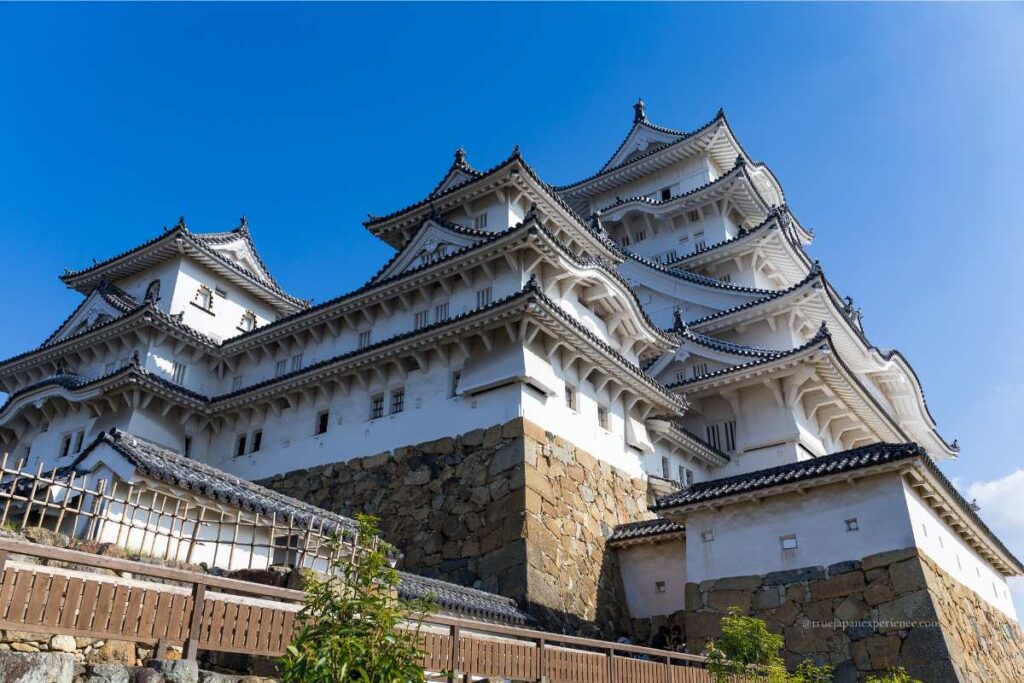
Himeji Castle is not only known for its beautiful white walls.
It also has many other features that make it special—like its smart design, large size, and clever defense system.
Let’s take a closer look at what makes this castle one of the most famous in Japan.
Unique Castle Structure: Smart and Strong Layout
Himeji Castle is not just one tower. It is made of many buildings connected together.
The main keep has five floors and a basement. It connects to three smaller towers by covered hallways.
This smart layout helped guards move easily and made the castle stronger.
The design also made the whole place look big and powerful.
As you walk inside, you will see how the paths and rooms are joined like a maze.
Beautiful from Every Angle: A Castle That Always Looks Good
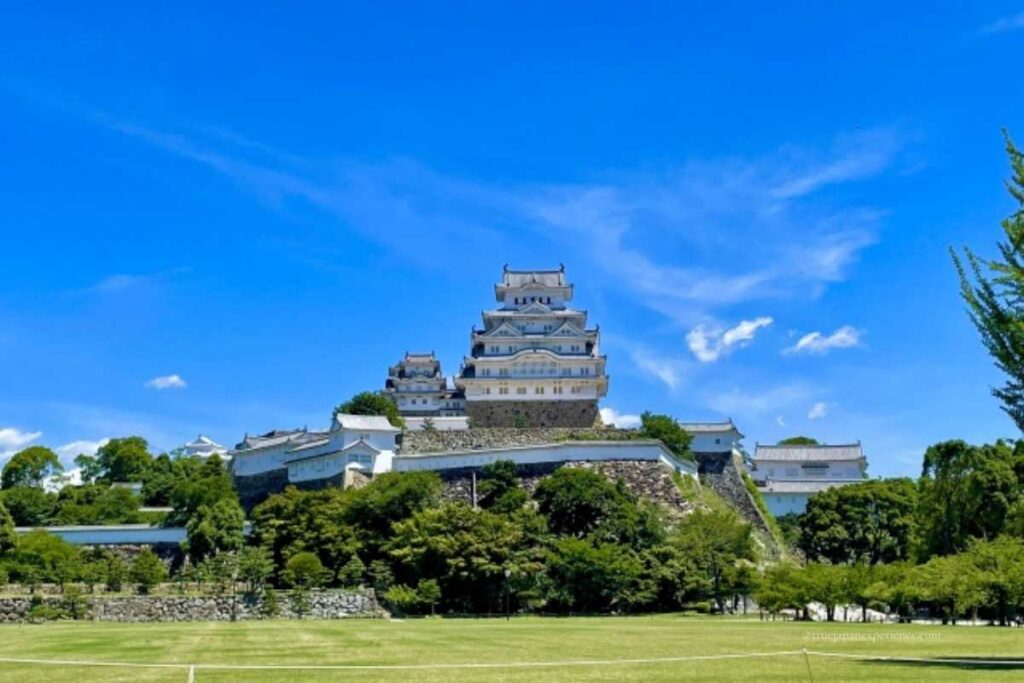
Himeji Castle looks beautiful from every direction. In Japanese, this idea is called happō shōmen, meaning “front-facing from all sides.”
The castle’s rooflines are smooth and elegant. The curves and shapes create a clean, balanced look.
Each roof section was carefully crafted to match the others. Nothing feels out of place.
This harmony shows not only beauty, but also power and dignity. The design was meant to impress—and even intimidate.
Today, many visitors enjoy taking photos from every angle. No matter where you stand, it always looks perfect.
Towering Size and Strong Inside
The main tower is 31.5 meters high. With the stone base, it is about 45 meters tall.
Two very big wood pillars go through all the floors. The tower weighs more than 5,700 tons.
Inside, the stairs are steep and the halls are narrow.
Long ago, guards and samurai used these stairs to go up and down.
The size and shape show that this castle was built to last a long time.
Smart Defense: Made to Confuse Enemies
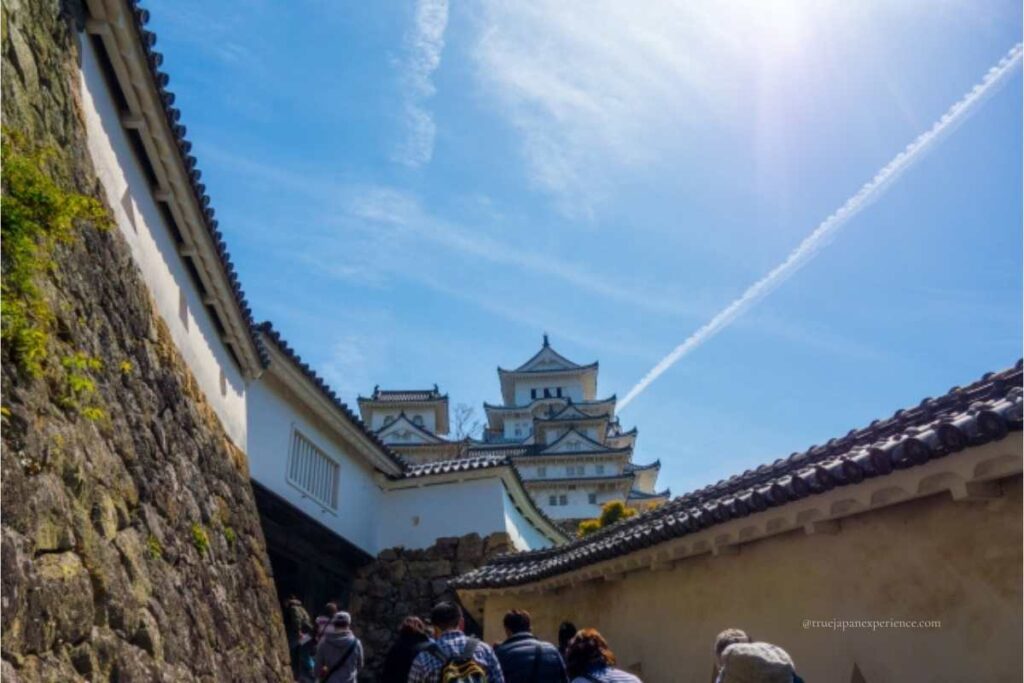
Himeji Castle was made to stop enemies from getting in.
The path to the main tower is not straight. It turns many times and has gates and corners.
There are holes in the walls to shoot arrows or guns. Stones could be dropped on enemies below.
Some rooms are hidden, so guards could wait and attack.
These smart ideas helped protect the castle during wars.
Himeji Castle: Basic Info and Access
Before visiting this world-famous castle, it’s helpful to know the opening hours, ticket prices, and how to get there.
Here’s a simple guide to make your trip smooth and enjoyable.
Basic Information about Himeji Castle
You can see both Himeji Castle and the Japanese garden Koko-en with the combo ticket. It’s a good choice if you want to enjoy Japanese culture in one trip.
Times and prices may change, so please check the website before you go.
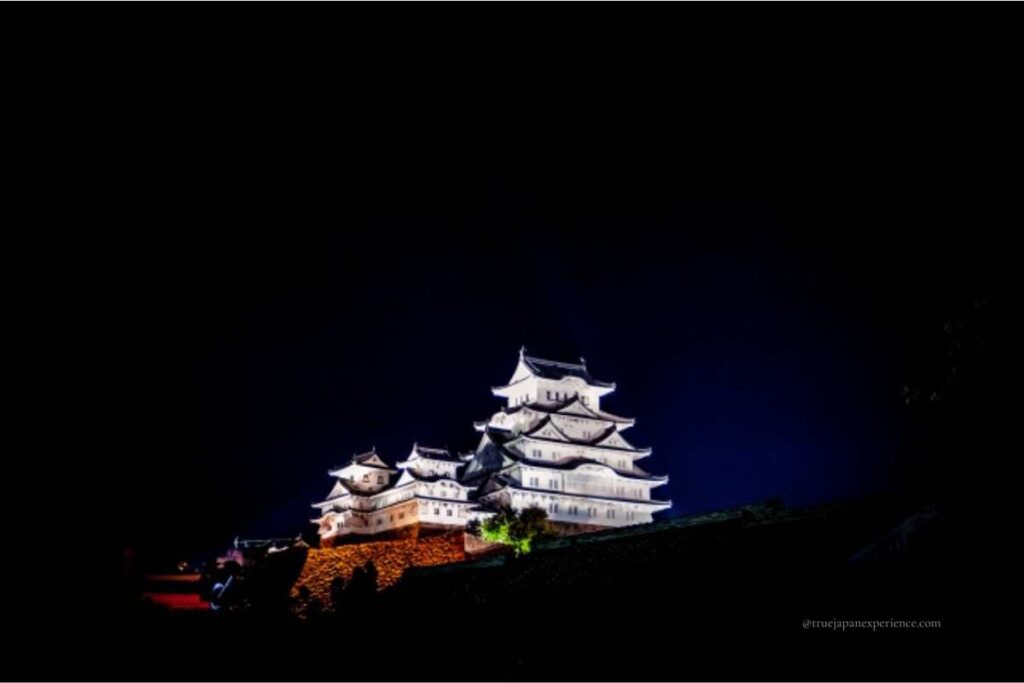
How to Get to Himeji Castle
Himeji Castle is located in Hyogo Prefecture and is easy to reach from major cities.
The nearest train stations are:
・JR Himeji Station (Shinkansen and local JR lines)
・Sanyo Himeji Station (Sanyo Electric Railway)
From either station, it takes about 15 to 20 minutes on foot to reach the castle.
The walk is pleasant, with shops along the way and a clear view of the castle as you get closer.
From Major Cities:
Himeji is easy to reach from big cities like Osaka, Kyoto, and Tokyo.
Here is how to get there by train.
・From Osaka:
Take the Shinkansen from Shin-Osaka Station to Himeji Station. It takes about 30 minutes.
You can also take the JR Special Rapid Service from Osaka Station to Himeji Station. It takes about 1 hour.
・From Kyoto:
Take the Shinkansen from Kyoto Station to Himeji Station. It takes about 45 minutes.
The JR Special Rapid Service from Kyoto Station to Himeji Station takes about 1 hour and 30 minutes.
・From Tokyo:
Some Nozomi Shinkansen trains stop at Himeji Station.
If you take one of these, you can go from Tokyo Station to Himeji Station in about 3 hours, with no transfer.
Please note that there is only one Nozomi train per hour that stops at Himeji.
If your Nozomi does not stop at Himeji, you can transfer at Shin-Osaka Station to a Hikari or Kodama train.
This takes about 3 hours and 15 minutes in total.
Thanks to the Shinkansen, Himeji Castle is a great day trip from cities like Osaka or Kyoto. If you’re coming from Tokyo, it’s still very manageable as part of a longer journey across Japan.
Want to know which JR line or pass is best for Tokyo, Osaka, and Kyoto?
Check our guide here:
Which JR Should I Use in Tokyo, Osaka, Kyoto?
When to Visit Himeji Castle
Himeji Castle is beautiful in every season. But some times of year offer special views and experiences.
Spring is one of the best seasons. In late March and early April, the cherry trees around the castle bloom. The soft pink flowers and white castle look like a dream. Many people visit during this time, so it can be crowded—but the beauty is worth it.
Golden Week, from late April to early May, is a busy travel season in Japan. The castle is full of visitors. If you go during this time, be ready for long lines and full trains.
Summer, especially from late July to August, is hot and lively. Families and tourists come during school holidays. Weekends are crowded, but the castle shines under the blue sky.
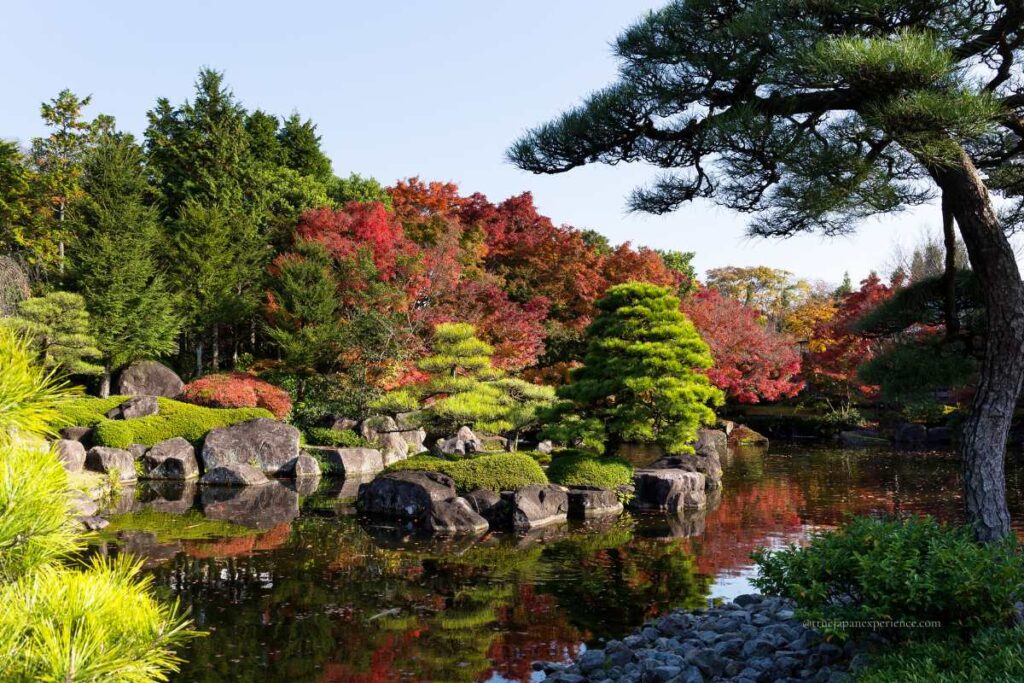
Autumn, especially in November, is calm and colorful. The air is cool and the view is perfect for walking and taking pictures.
One of the best spots for fall colors is Koko-en Garden, next to the castle. The leaves usually turn red and yellow from mid to late November.
If you like quiet places, visit on a weekday morning. You can enjoy the peaceful path and take your time exploring the castle grounds.
English Tours and Guide Services at Himeji Castle
There are a few ways to enjoy Himeji Castle in English.
You can sometimes find volunteer English guides near the entrance. They offer short tours for free. You don’t need a booking. But this service depends on the day, so it may not always be available.
If you want to walk around by yourself, there is an English audio guide. You can rent it near the main office for ¥600. It tells you about the history and buildings as you go.
There are also private English tours you can book online. Some include skip-the-line entry, a private guide, or even a ride from other cities. Websites like GetYourGuide have many choices.
You can also join an English tour with a ticket included.
This is a good choice if you want a simple plan. This tour is also recommended on the official Himeji Castle website.
You can book it online here:
https://widgets.bokun.io/online-sales/6bebb12e-d375-4ea5-8bc5-413b8e181a89/experience/938642
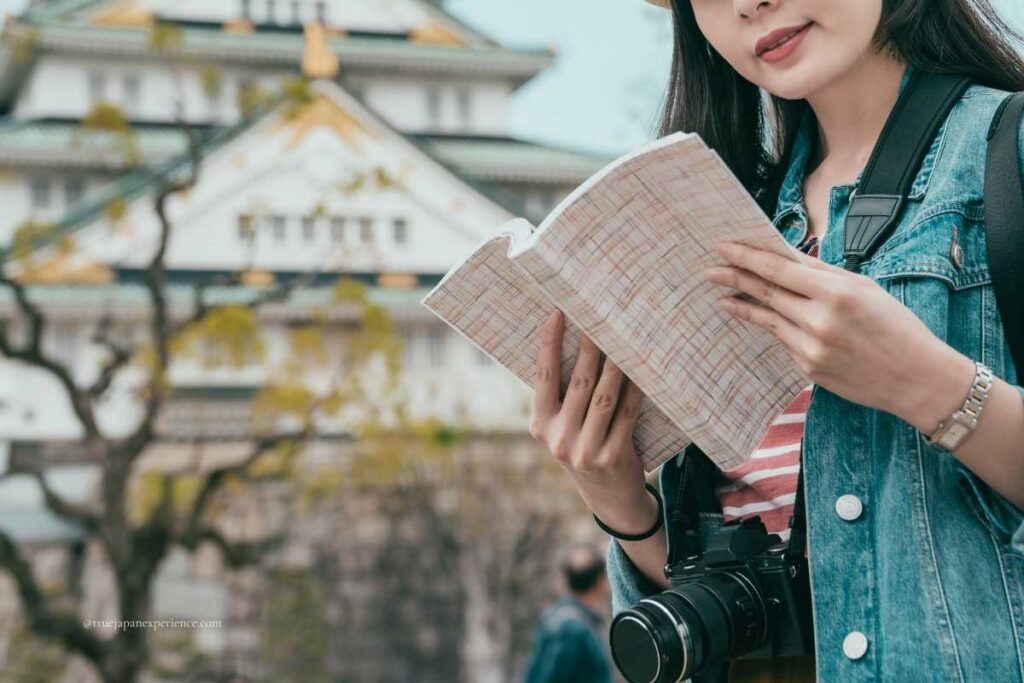
Photography Tips for Himeji Castle
Himeji Castle is a great place to take beautiful photos. The white walls and tall tower look amazing from many angles. Here are some of the best spots for your camera.
One popular place is the bridge at the south entrance. You can take a full view of the castle with the gate and moat.
Inside the Sannomaru Plaza, you can walk around and take photos from many sides. The stone sign in front is a nice spot for group pictures.
If you walk near the castle entrance steps, you can take a close photo of the main tower before you enter.
In the paid area, near Mikuni Moat, you may see the castle reflect in the water on a sunny day with no wind. It’s a favorite photo spot.
The West Bailey Garden (Nishi-no-Maru) has a lovely view of the castle with green trees and clean paths.
At Shogunzaka slope, white castle walls line the path. This area was also used in samurai movies.
From Bizenmaru, you can take a photo from the south side of the tower, very close.
If you go to Castle View at JR Himeji Station, you can take a unique photo using the window frame like a picture frame.
For more wide views, try Shirotopia Park or Otokoyama Hill. After climbing 198 steps, you can see the whole castle from the top.
Another good spot is Shiromidai Park, where you can see the castle with a giant roof tile on display.
In spring, cherry blossoms make the castle look soft and dreamy.
In autumn, red and yellow leaves add color and beauty to your photos.
Final Thoughts
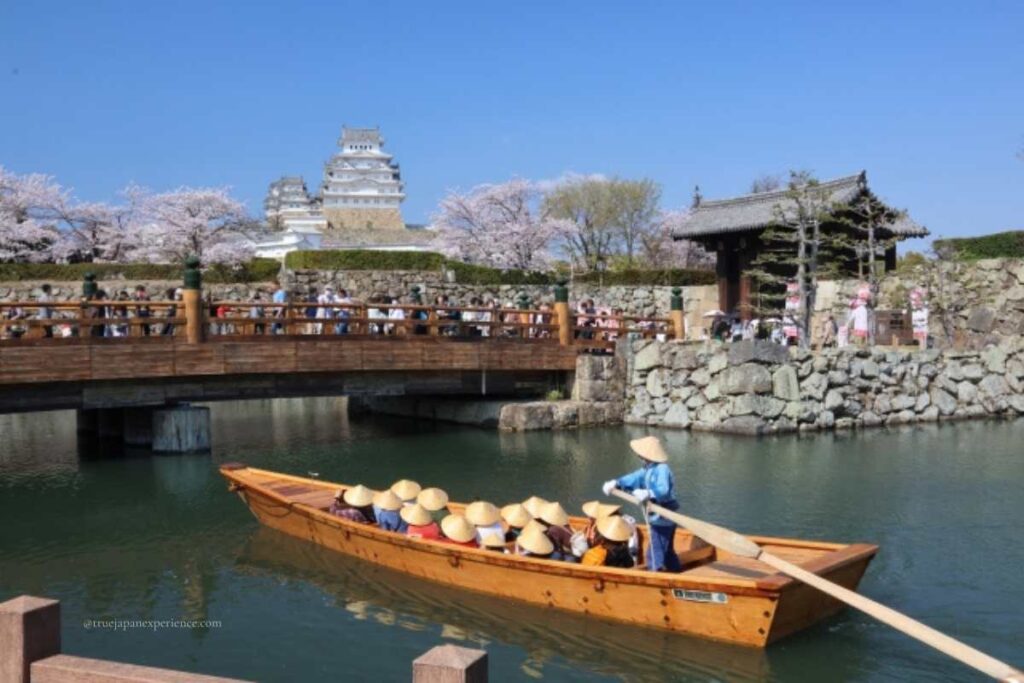
Before you leave, there’s one more fun thing you can try—a boat ride in the castle moat.
From March to early December, small Japanese boats take you around the inner moat. The ride takes about 30 minutes and shows you views you can’t see from the ground.
You can even see the stone walls and Mikuni Moat up close from the water.
Himeji Castle is more than just a building.
It’s a place full of history, beauty, and amazing views.
Whether you come for the photos, the stories, or the peaceful walk, this castle will stay in your memory.
We hope you enjoy your visit to this special place in Japan.
